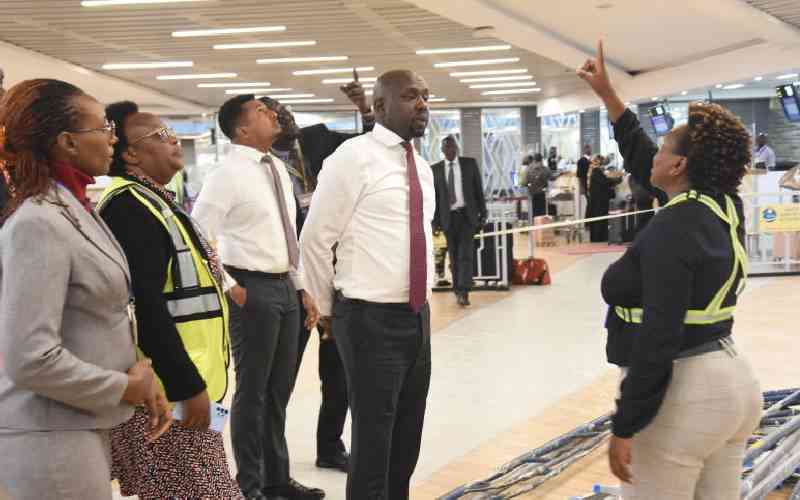
The recent announcement by the Transport Ministry that it plans to build a new terminal at Jomo Kenyatta International Airport may have been a welcome idea considering the state of the current facilities.
However, it has also been met with criticism, with pilots noting that the plans appear unilateral and may fail to address the challenges that the users of the airport face. Transport Cabinet Secretary Kipchumba Murkomen said the government plans to build a new terminal at JKIA that should be ready for use within three years.